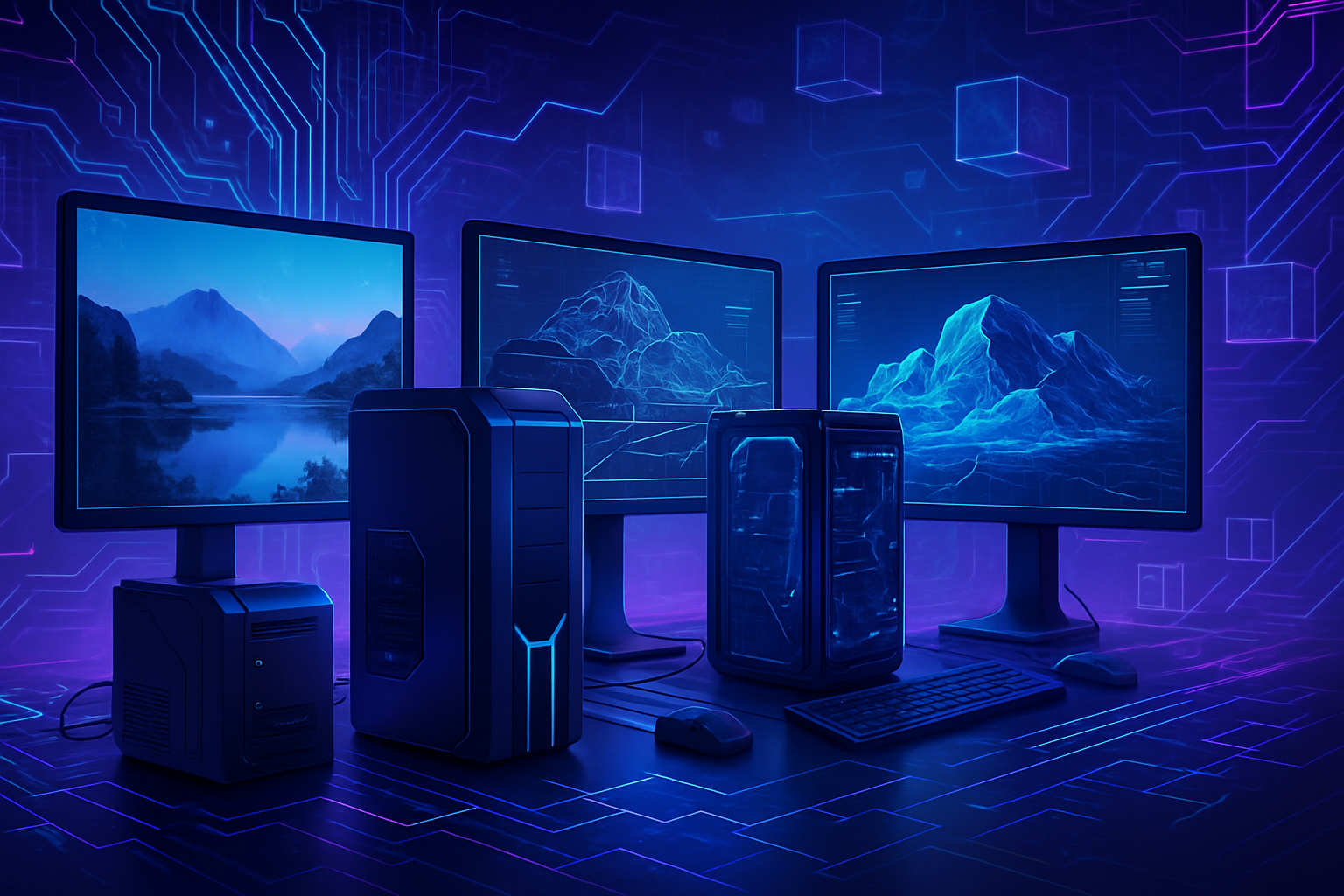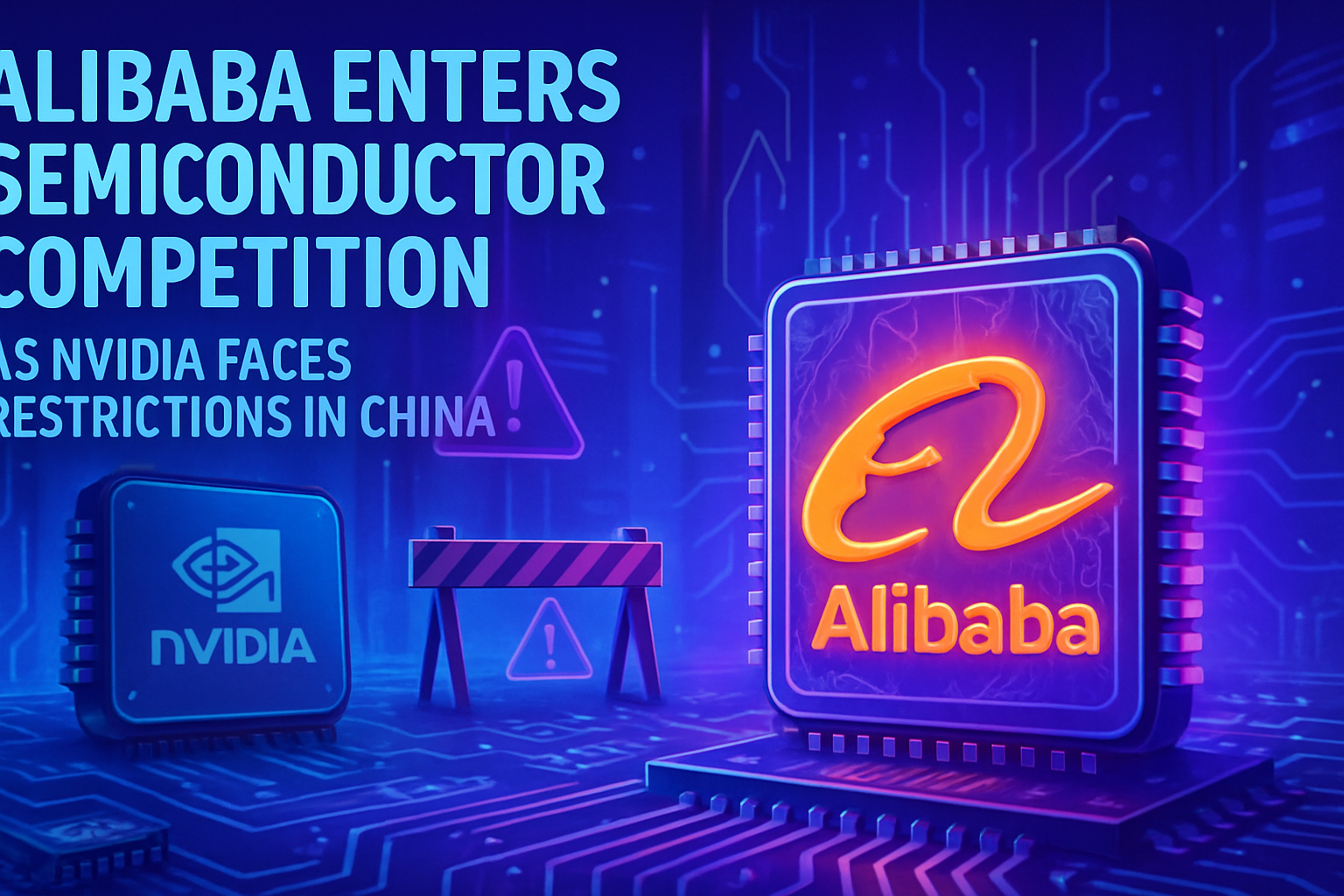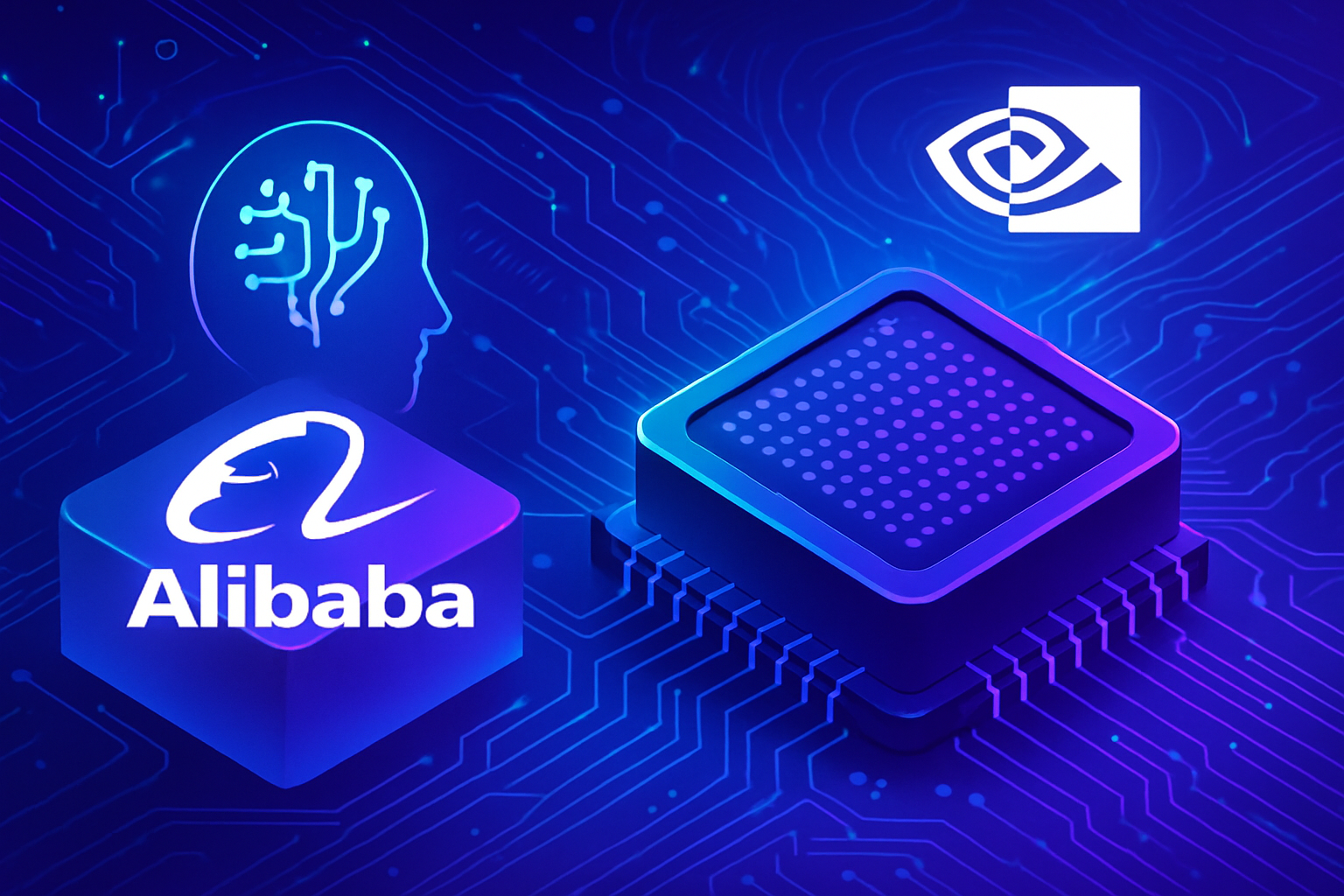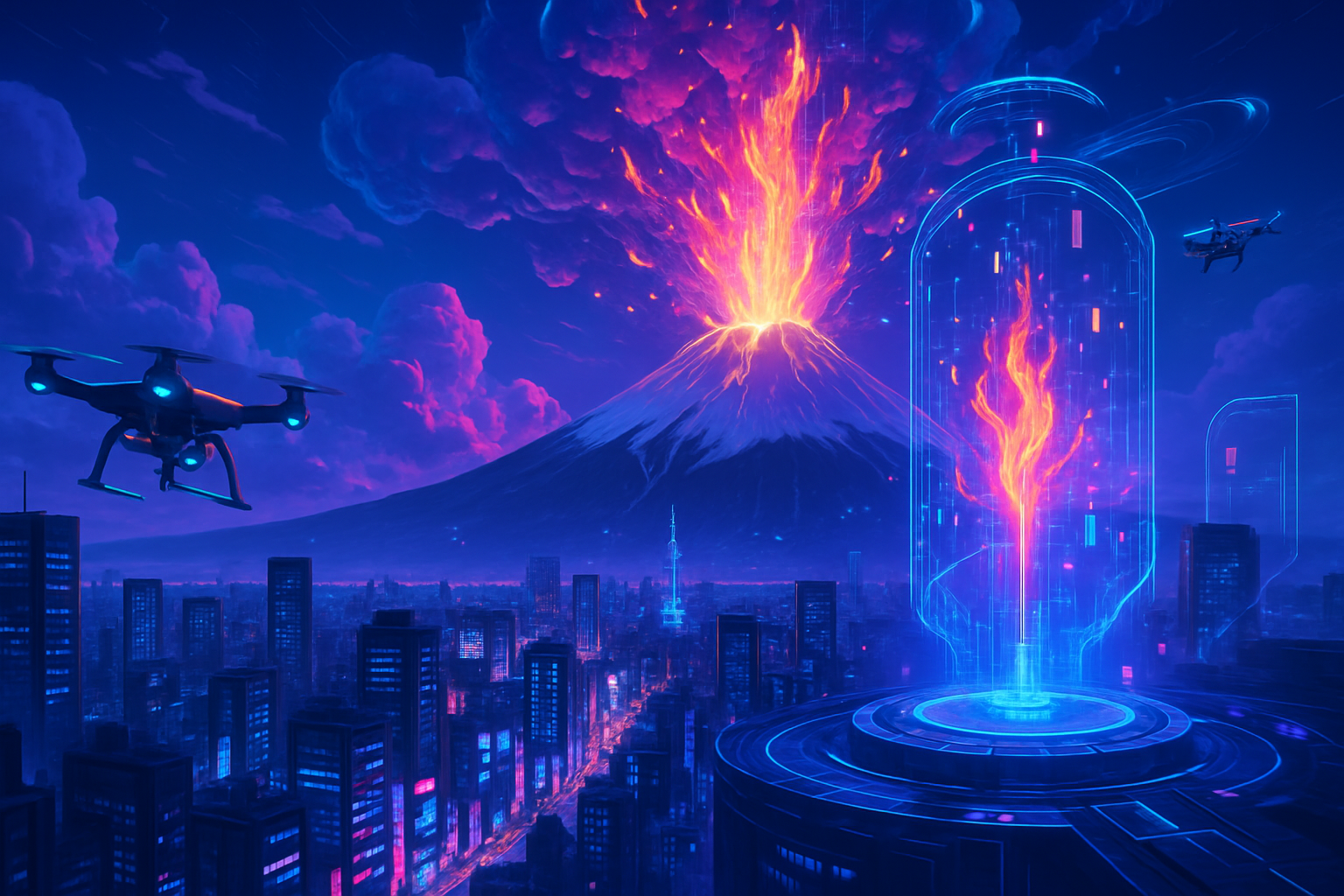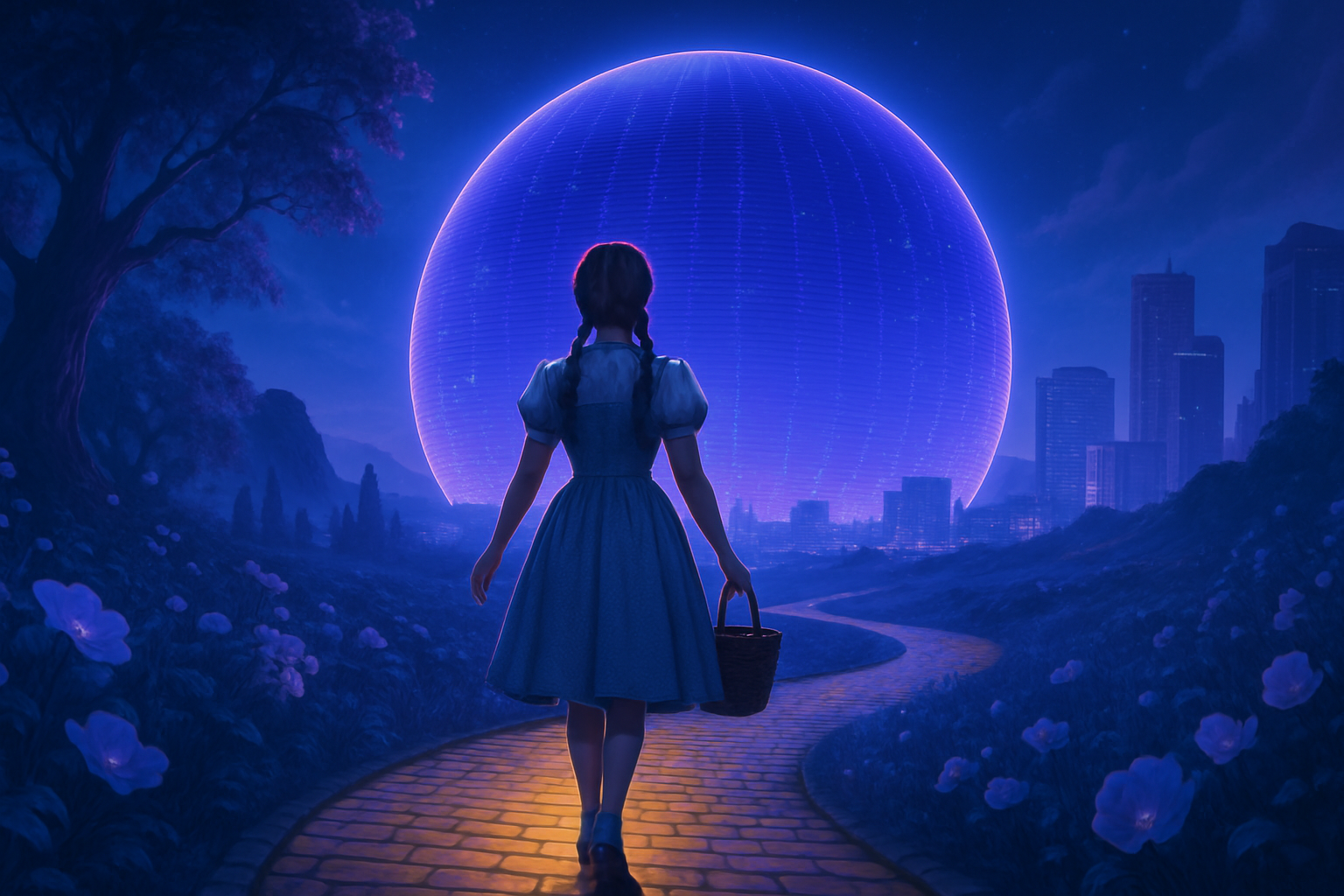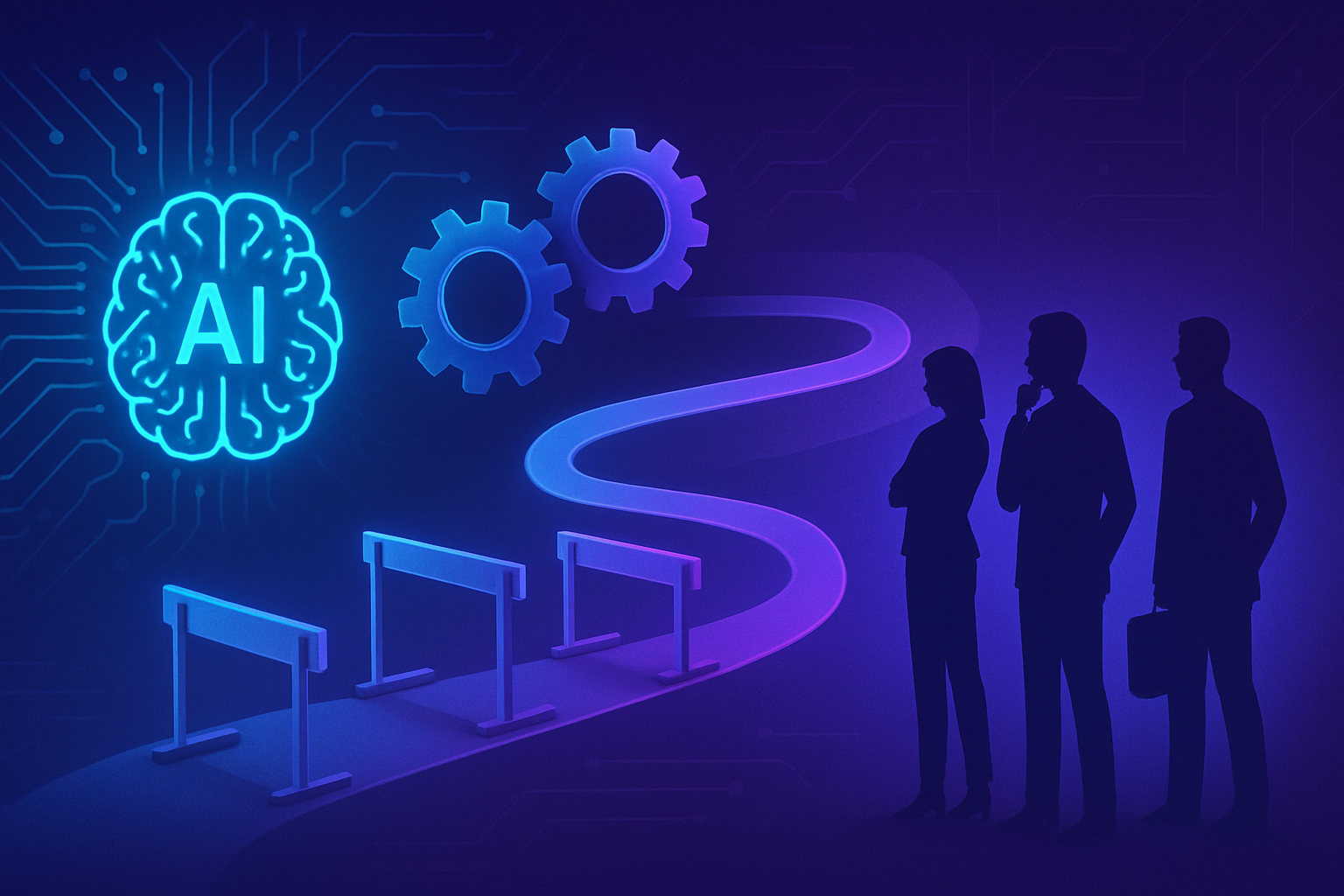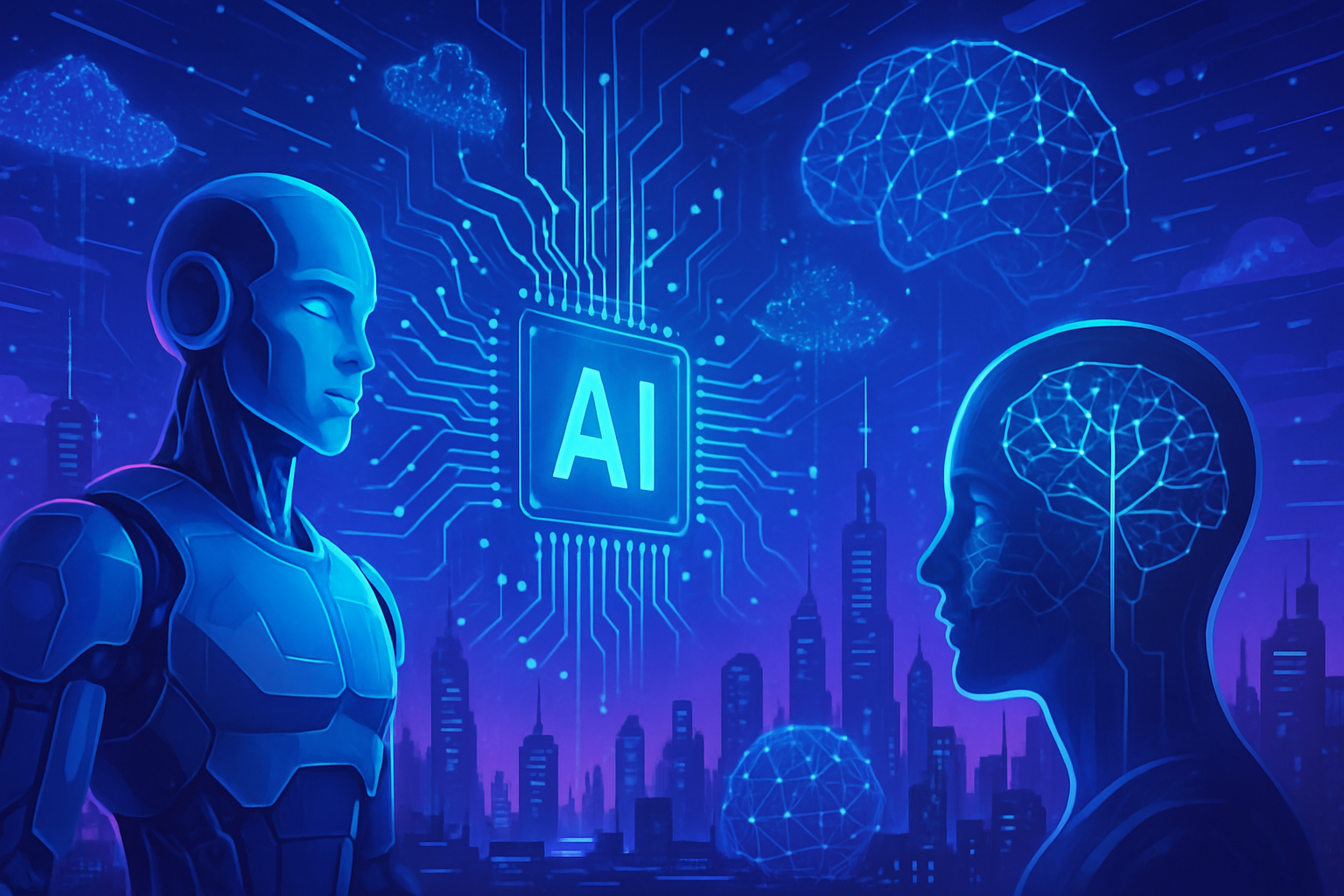Advances in visual computing are revolutionizing the way environments are perceived and reconstructed. Researchers are developing powerful algorithms capable of transforming 2D images into 3D models with remarkable accuracy. This innovation reduces the processing time of 2D data, allowing navigation systems and robots to interact with their environment more efficiently.
Computers, through new methods, now avoid the traditional guesswork of the reconstruction process. The combination of AI and numerical optimization offers robust and fast solutions. You will discover how a simple image can generate complex simulations, providing unmatched perspectives in the field of 3D technology.
A revolutionary advance in computer vision
Researchers from the Harvard John A. Paulson School of Engineering and Applied Sciences (SEAS) recently presented an innovative method allowing computers to reconstruct three-dimensional scenes from two-dimensional images, significantly reducing the time required for this task. This progress in the field of computer vision emerges from research in convex numerical optimization and depth prediction by artificial intelligence.
A well-known issue
The ability to transform photographs into 3D models is a significant challenge in robotic navigation systems and image analysis. Traditionally, creating 3D point clouds from 2D information requires complex calculations that are often prone to estimation errors, which can slow down the process. Robots need to accumulate data while deducing distances, making the operation lengthy and sometimes uncertain.
An innovative algorithm
In their study entitled “Building Rome with Convex Optimization”, researchers Haoyu Han and Heng Yang developed a groundbreaking algorithm that eliminates the need for initial assumptions. This innovative process allows for the simultaneous estimation of the positions of all points present in a scene, making the reconstruction not only faster but also more robust than classical techniques.
Practical applications
The developed method has recently been validated through the reconstruction of the Roman Colosseum from approximately 2,000 images, illustrating its ability to produce remarkably high-quality results. This system has also been tested with over 10,000 images to assess its effectiveness, thereby proving its potential in various fields, such as architecture and cultural heritage. Applications extend to autonomous navigation and other robotic systems.
Recognitions and publications
This academic work received the Best Systems Paper Award in memory of Seth Teller at the Robotics: Science and Systems conference, highlighting its impact on the rapidly expanding field of robotics and computer vision. The results of this research are available on the preprint server arXiv.
Future prospects
By integrating new artificial intelligence methods to optimize scene reconstruction, this approach could transform the fields of robotics, mapping, and even medical imaging. Initiatives such as Google’s Starline and other similar projects attest to the enormous potential of immersive technology. Concurrently, ongoing research explores how robots can map their environment with increased accuracy, utilizing similar techniques, as mentioned in recent articles.
Challenges to overcome
Despite these significant advances, challenges remain. The need to correct for various angle and distance variables, as well as limitations related to the quality of source images, still raises questions. The field continues to evolve, integrating advancements in machine learning and image analysis to overcome these obstacles.
Companies and institutions, such as those developing autonomous underwater gliders are evolving their approach by considering human decisions in the learning process, demonstrating a flair for innovation in the face of these new technological horizons.
Harvard’s work represents a milestone in the quest for efficient three-dimensional reconstruction from photographic data. For those interested in the advancement of computer vision, future developments look promising and bear many practical implications. An AI-focused approach, as seen in this research, could pave the way for significant innovations across various sectors.
Frequently asked questions
How does the 3D reconstruction process from 2D photos work?
The process involves an advanced algorithm that combines artificial intelligence techniques and numerical optimization. It allows for the simultaneous estimation of the positions of all points in a scene from 2D images, without requiring preliminary estimates.
What advantages do the new 3D reconstruction methods offer compared to traditional methods?
The new methods are faster, more robust, and do not require initial assumptions. They allow for precise reconstruction of 3D scenes in record time compared to traditional approaches, which are often slow and prone to estimation errors.
What type of data is needed for effective 3D reconstruction?
A large number of 2D images taken from different angles is necessary to capture enough information about the viewpoints of the scene. A sample of at least several thousand images is often ideal.
Are the results of the 3D reconstruction always accurate?
Accuracy depends on the quality of the images and the number of observation points. However, due to the new algorithms, reconstructions tend to be more accurate than previous methods.
Can this type of technology be used for different types of scenes or environments?
Yes, this technology can be applied to various environments, whether urban, natural, or complex. The algorithms are designed to adapt to different configurations and types of scenes.
What is the estimated processing time for 3D reconstruction with these new methods?
Processing time varies depending on the complexity of the scene and the number of images. However, compared to traditional methods, processing is significantly reduced, allowing reconstructions in a few minutes instead of several hours.
What practical applications exist for 3D reconstruction from 2D photos?
The applications are numerous and include architectural modeling, virtual reality, robotics, and even cultural heritage preservation. This technology is essential for creating accurate 3D representations of objects and environments.
Is it necessary to have technical skills to use these 3D reconstruction systems?
While some knowledge of computing can be beneficial, new user interfaces and software make access to these technologies easier, making their use more intuitive for non-technical professionals.
